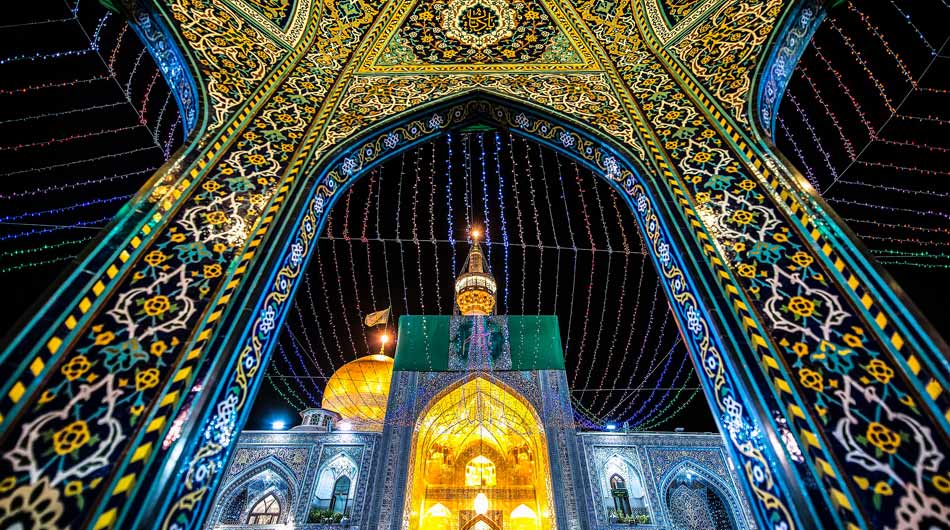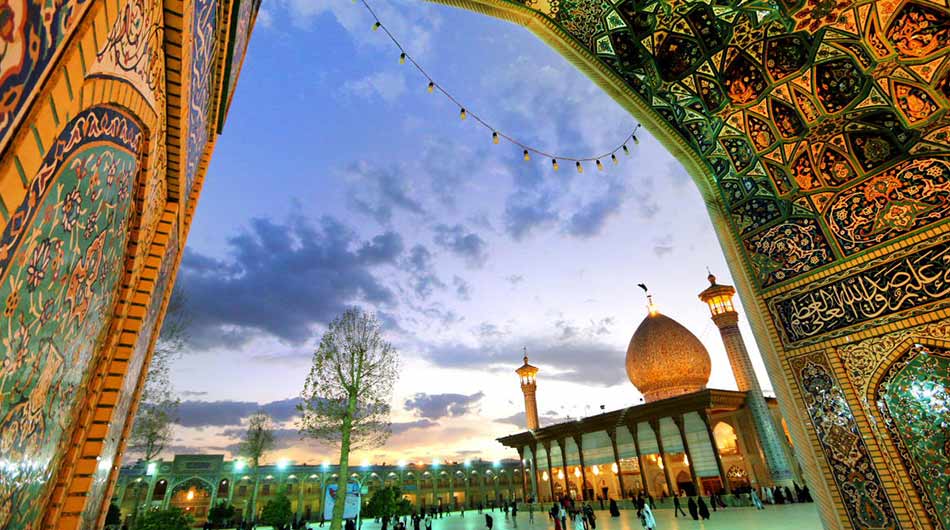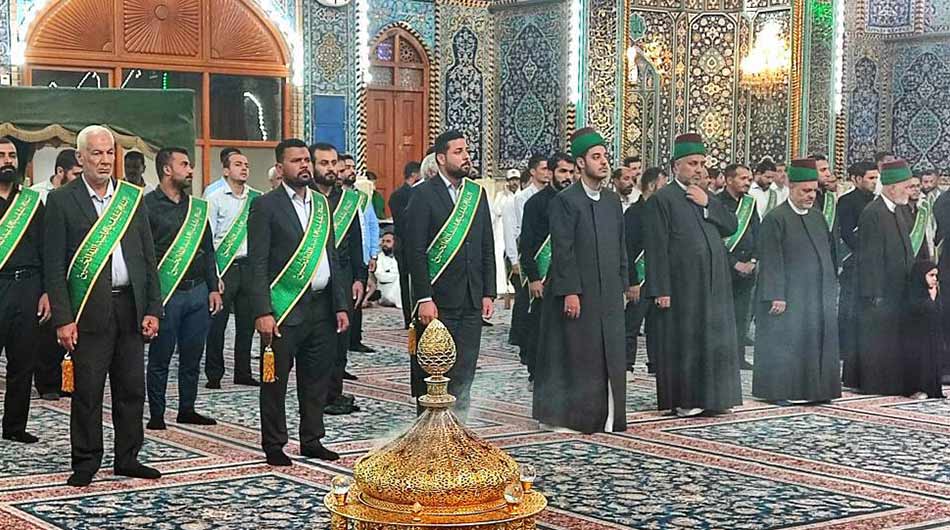Religious Tourism in Iran: Pilgrimage Sites and Traditions
Religious tourism in Iran offers a unique opportunity to explore the country’s rich cultural and spiritual heritage. The pilgrimage sites, steeped in history and devotion, attract millions of visitors seeking spiritual fulfillment and connection. As the landscape of religious tourism continues to evolve, Iran remains a beacon of faith and tradition, inviting pilgrims to embark on their spiritual journeys.
The Importance of Religious Tourism
Religious tourism plays a vital role in Iran’s economy, contributing to the livelihood of many communities. Pilgrims visit these sacred sites not only for spiritual enrichment but also to experience the cultural heritage of the country. The act of pilgrimage, or ziyarat, is deeply rooted in Iranian culture, where devotion is expressed through rituals, festivals, and communal gatherings.
Key Pilgrimage Sites
- Imam Reza Shrine (Mashhad)
The Imam Reza Shrine, located in Mashhad, is the most significant pilgrimage site for Shia Muslims in Iran. It is the mausoleum of Imam Reza, the eighth Shia Imam, and attracts millions of visitors annually. The shrine complex features stunning architecture, intricate tile work, and expansive courtyards where pilgrims gather to pray and reflect. The spiritual atmosphere, combined with the city’s hospitality, makes Mashhad a must-visit destination for those seeking spiritual solace. - Fatima Masumeh Shrine (Qom)
The Fatima Masumeh Shrine is another essential site for Shia pilgrims. It is dedicated to Fatima Masumeh, the sister of Imam Reza, and is located in the holy city of Qom. The shrine is known for its magnificent dome, beautifully decorated with tiles and calligraphy. Qom is a center of religious scholarship, attracting students and scholars from around the world, further enriching the pilgrimage experience.
- Shah Cheragh (Shiraz)
Shah Cheragh is a stunning shrine in Shiraz, dedicated to the brothers Ahmad and Muhammad, who were martyrs of the early Islamic period. The shrine is renowned for its breathtaking mirror work and vibrant tile decorations. It serves as a spiritual haven for pilgrims and a cultural hub where visitors can immerse themselves in the local traditions and practices of Shia Islam. - Imam Ali Mosque (Najaf)
While technically located in Iraq, the Imam Ali Mosque is often included in discussions about religious tourism in Iran due to its proximity and significance to Iranian pilgrims. The mosque is the burial site of Imam Ali, the first Shia Imam and cousin of Prophet Muhammad. Pilgrims from Iran frequently travel to Najaf to pay their respects, reflecting the deep connections between Iranian and Iraqi Shia communities. - Khadim al-Husayn Shrine (Kermanshah)
The Khadim al-Husayn Shrine, located in Kermanshah, is dedicated to the 7th-century scholar and mystic, Khadim al-Husayn. The shrine is an important center for pilgrims, especially during the mourning month of Muharram, when rituals and commemorative events take place. The site serves as a focal point for community gatherings and religious education.
Traditions Associated with Pilgrimage
Religious tourism in Iran is enriched by various traditions that enhance the pilgrimage experience. Pilgrims often engage in rituals such as tawaf (circumambulating the shrine), dua (prayer), and nazar (offering). These practices foster a sense of community among pilgrims and create a shared spiritual experience.
The month of Muharram, particularly the Day of Ashura, is a significant period for Shia Muslims. During this time, pilgrims flock to shrines to commemorate the martyrdom of Imam Hussein, the grandson of Prophet Muhammad. The atmosphere is charged with emotion, as rituals such as matam (mourning) and reenactments of historical events are performed.
Challenges and Opportunities
While religious tourism in Iran has immense potential, it also faces challenges. Political tensions and travel restrictions can deter international visitors. However, the Iranian government has been making efforts to promote religious tourism by investing in infrastructure, enhancing accessibility, and hosting international religious events.
Additionally, local communities play a crucial role in facilitating a positive experience for pilgrims. Many families open their homes to visitors, offering hospitality and traditional meals, which fosters cultural exchange and understanding.
Tags:Adventure holidays, Best time to travel to iran, best tour operator iran, Cultural Etiquette in Iran, Cultural sites of Iran, Economy of Travel, Holiday in Iran, Iran Architectural, iran attractions, Iran country, Iran cultural, Iran Culture, iran destinations, Iran enriching experience, Iran sightseeing tours, iran Solo trip, iran tour, Iran tour packages, iran tourist attractions, Iran travel agency, iran travel expenses, Iran Travel Guide, Iran Travel Tips, Iranian culture, Iranian Hospitality, iranparadise, must-visit Iran, persia tour, Religious tourism in Iran, Surfing In Iran, top tourist destinations, travel to iran, Traveling to Iran, travelling to iran, trip to iran, vacation packages, visit iran, درنا گشت




